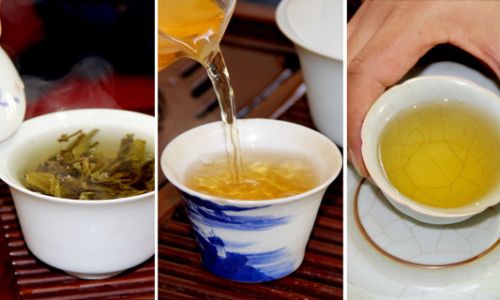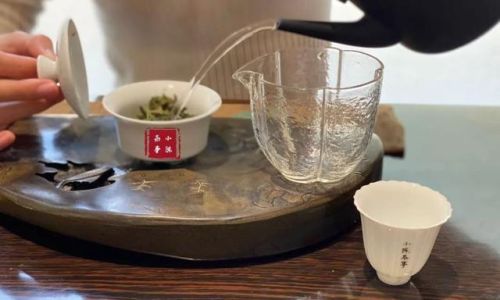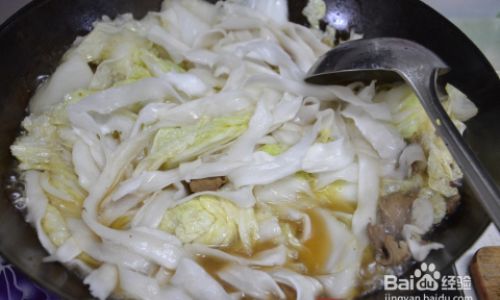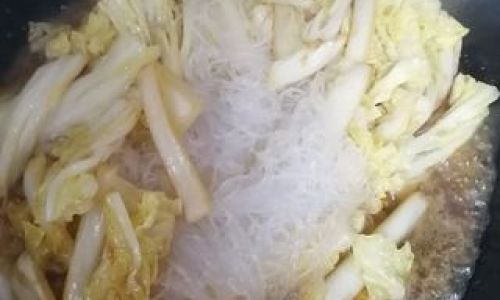Table of content
- Preparing the Teaware
- Breaking Off the Tea
- Initial Rinse: The “Awakening” Phase
- Second Rinse: The “Purification” Phase
- Optional Third Rinse (for Aged Teas)
- Brewing the First Infusion
- Age of the Tea Cake
- Compression Density
- Storage History
- Personal Preference
- Aroma Appreciation
- Observing Leaf Expansion
- Pairing with Complementary Foods
- Reusing Washed Leaves
Tea cakes, also known as compressed tea, have been a staple in tea cultures for centuries, particularly in regions like China, Japan, and Taiwan. These dense, often circular or brick-shaped agglomerations of tea leaves are prized for their ability to age gracefully, developing complex flavors and aromas over time. However, before one can savor the nuanced depths of a well-aged tea cake, a crucial preliminary step must be mastered: washing the tea. This process, often overlooked by novices, serves multiple purposes—from reviving dormant leaves to purging impurities—and is pivotal to achieving a balanced, flavorful brew. This article delves into the intricacies of washing tea cakes, exploring its historical roots, scientific rationale, and step-by-step techniques to elevate your tea-drinking experience.
Understanding the Purpose of Washing Tea Cakes
Washing tea, or rinsing tea as it is sometimes called, is a ritualistic practice embedded in traditional tea ceremonies. Its primary objectives include:
- Awakening the Leaves: Compressed tea cakes, especially aged varieties like Pu-erh, enter a state of dormancy during storage. Washing gently rehydrates the leaves, encouraging them to unfurl and release their trapped essential oils and compounds.
- Removing Impurities: Tea cakes may accumulate dust, debris, or residues from processing and aging. A quick rinse eliminates these superficial contaminants, ensuring a cleaner cup.
- Reducing Astringency: Older tea cakes, particularly those made from robust cultivars, can initially taste harsh or overly bitter. Washing mellows these edges, softening the tannin profile and allowing subtler notes to emerge.
- Preheating the Teaware: The warm water used for washing also preps the brewing vessel, maintaining consistent temperature—a critical factor in extracting flavors evenly.
The Science Behind Washing
From a chemical perspective, washing tea cakes initiates a series of hydrophilic reactions. When dry, compressed tea leaves are hydrophobic, repelling water due to the breakdown of cell membranes during processing. The initial rinse disrupts this barrier, allowing water to penetrate the leaves and solubilize flavor compounds like polyphenols, caffeine, and amino acids. Simultaneously, volatile aromatic compounds—responsible for the tea’s fragrance—are released, priming the senses for the brew to come.
Step-by-Step Guide to Washing Tea Cakes
Preparing the Teaware
Select a brewing vessel appropriate for the tea cake’s size and type. A gaiwan (lidded bowl) is ideal for Pu-erh and oolong cakes, offering control over infusion times. Alternatively, a Yixing clay teapot, known for its porosity and heat retention, complements darker, aged teas. Ensure the vessel is thoroughly preheated by swirling hot water inside and discarding it before adding the tea.

Breaking Off the Tea
Use a tea pick or knife to gently pry loose the desired amount of tea from the cake. Aim for a quantity roughly 5–7 grams per 150ml of water, adjusting based on personal preference and the tea’s potency. For consistency, break the tea into pieces roughly the size of a pea to ensure even infusion.
Initial Rinse: The “Awakening” Phase
- Water Temperature: For aged Pu-erh or black tea cakes, use water just below boiling (90–95°C/194–203°F). Greener tea cakes, such as those made from sheng Pu-erh or white tea, require slightly cooler water (80–85°C/176–185°F) to prevent scorching.
- Infusion Time: Pour the water gently over the tea leaves, ensuring full submersion. Immediately discard this first rinse after 5–10 seconds. The goal is not to steep but to moisten the leaves and loosen any surface debris.
Second Rinse: The “Purification” Phase
- Water Temperature: Maintain the same temperature as the first rinse.
- Infusion Time: Extend this rinse to 15–20 seconds. Observe the leaves as they begin to expand—a visual cue that they are reviving. Discard this rinse as well.
Optional Third Rinse (for Aged Teas)
Vintage tea cakes (10+ years old) may benefit from a third rinse to further mellow their character. Use the same parameters as the second rinse, but increase the time to 25–30 seconds.
Brewing the First Infusion
After washing, proceed to brew the tea as usual. The leaves are now primed to release their full spectrum of flavors. Adjust subsequent steeping times based on the tea’s strength and your taste preferences.
Factors Influencing the Washing Process
Age of the Tea Cake
- Young Teas (1–5 years): Require minimal washing (1–2 rinses) to retain their vibrant, fresh flavors.
- Aged Teas (10+ years): Benefit from 2–3 rinses to temper bitterness and unlock depth.
Compression Density
Tightly compressed cakes, such as iron Pu-erh, may need longer rinses or slightly hotter water to penetrate the core. Loosely pressed cakes respond quicker to washing.
Storage History
Cakes stored in humid environments may require more thorough rinsing to eliminate musty odors. Conversely, dry-stored teas often need less intervention.
Personal Preference
Some enthusiasts prefer a single, brief rinse to preserve the tea’s raw intensity, while others opt for multiple rinses to craft a smoother profile. Experimentation is key.
Common Mistakes and How to Avoid Them
- Using Boiling Water for Delicate Teas: Overheating green or white tea cakes can destroy delicate compounds, resulting in a flat brew. Stick to lower temperatures.
- Over-Rinsing: Excessive rinsing strips the tea of volatile oils, leaving it tasteless. Limit rinses to 1–3, depending on the tea’s age.
- Neglecting Teaware Preheating: Cold vessels cool the water prematurely, hindering proper leaf revival. Always preheat your brewing tools.
- Rushing the Process: Impatience during rinsing prevents the leaves from fully awakening. Allow 5–10 seconds per rinse for optimal results.
Enhancing the Tea Experience Post-Wash
Aroma Appreciation
After washing, take a moment to inhale the tea’s fragrance. Aged Pu-erh may exhibit earthy, mushroom-like notes, while green tea cakes might offer floral or grassy undertones. This pre-steep sniff sets the stage for the tasting journey.

Observing Leaf Expansion
Watch the leaves unfurl during washing. This visual spectacle, termed “the dance of the leaves,” provides insight into the tea’s quality—well-made cakes expand symmetrically, while poorly processed ones may remain stubbornly compacted.
Pairing with Complementary Foods
Washed tea cakes pair beautifully with light snacks. For example, match the earthiness of aged Pu-erh with salted plums, or the freshness of green tea cakes with almond cookies.
Reusing Washed Leaves
Some practitioners repurpose washed leaves for secondary infusions, though the resulting brew is typically weaker. This practice is more common in casual settings than formal ceremonies.
The Cultural Significance of Washing Tea Cakes
In Chinese tea culture, washing tea cakes is imbued with philosophical meaning. The act symbolizes purification—a metaphor for shedding life’s impurities and embracing clarity. Similarly, in Japanese tea ceremonies, the ritual of washing (chawan) reflects mindfulness and respect for the tea’s journey from earth to cup.
Conclusion
Washing tea cakes is both an art and a science—a delicate balance of technique, intuition, and reverence. By understanding the interplay between water temperature, infusion time, and the tea’s inherent characteristics, enthusiasts can transform a simple ritual into a gateway of flavor. Whether you’re savoring the robust depth of a 20-year-old Pu-erh or the crisp freshness of a newly pressed green tea cake, mastering the wash is the first step toward unlocking its soul. So, the next time you unwrap a tea cake, remember: patience and precision are your allies. Rinse, revive, and revel in the alchemy that follows.
Final Tip: Keep a journal to document how different washing techniques affect specific tea cakes. Over time, you’ll refine your approach, crafting a brew that’s uniquely yours.






0 comments